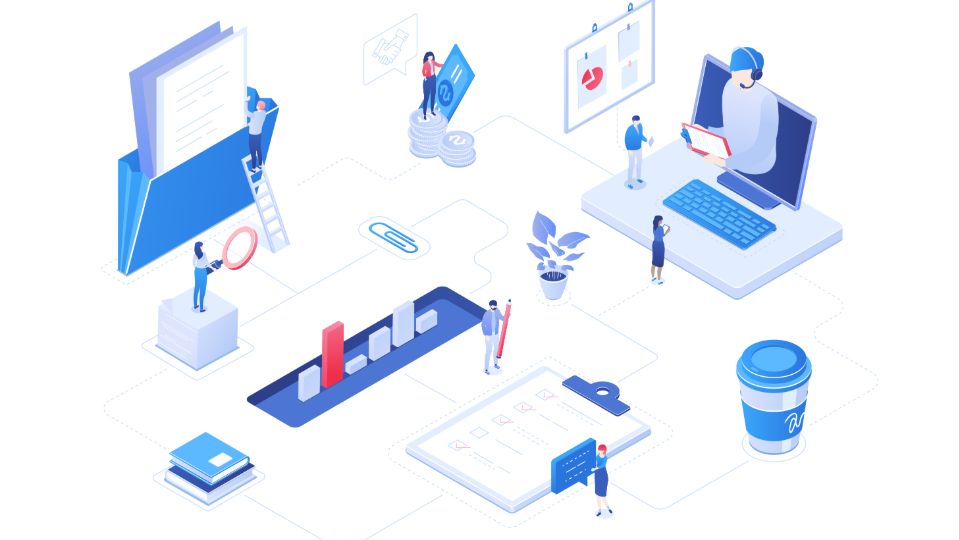Optimized Workflows for Maximum Productivity
In today’s fast-paced business world, optimizing workflows is essential for boosting productivity and achieving greater efficiency. Whether you're working alone or managing a team, streamlining your processes can save time, reduce errors, and help you focus on what really matters. In this article, we'll explore practical strategies to optimize workflows and drive maximum productivity.
1. What Are Optimized Workflows?
An optimized workflow refers to a streamlined process that minimizes inefficiencies, eliminates unnecessary steps, and ensures tasks are completed in the most effective way possible. It involves organizing tasks, automating repetitive actions, and ensuring that every team member or resource is utilized at the right time. Optimized workflows improve task management, enhance collaboration, and ultimately boost overall productivity.
Key Benefits of Optimized Workflows:
- Increased Efficiency: By eliminating bottlenecks and redundant steps, you can get more done in less time.
- Consistency: Standardized processes ensure that tasks are done correctly every time, reducing errors and rework.
- Enhanced Focus: With a clear structure, team members can focus on high-priority tasks without getting sidetracked by unnecessary details.
2. Steps to Optimize Workflows
Optimizing workflows requires a combination of process analysis, technology, and continuous improvement. Here are some steps to achieve better workflow optimization:
a) Map Out Current Workflows
The first step in workflow optimization is understanding the existing processes. Create a visual map of your current workflows, identifying every task and step involved. Tools like Lucidchart or Trello can help you create clear workflow diagrams.
b) Identify Bottlenecks and Inefficiencies
Look for tasks that slow down the process or create unnecessary delays. Common bottlenecks might include manual data entry, approvals, or unclear communication. Addressing these pain points will improve overall flow.
c) Automate Repetitive Tasks
Automation is a key element in optimizing workflows. Automating tasks such as data entry, email notifications, and task assignments can significantly reduce manual work. Tools like Zapier or Monday.com can help integrate and automate routine tasks.
d) Set Clear Priorities and Deadlines
Establish clear priorities for tasks and set realistic deadlines. Use project management software like Asana or ClickUp to assign tasks, track progress, and ensure deadlines are met.
e) Collaborate and Communicate Effectively
Use collaboration tools like Slack or Microsoft Teams to ensure seamless communication among team members. Clear and open communication prevents misunderstandings and keeps everyone aligned.
3. Monitor and Adjust Regularly
Optimizing workflows is an ongoing process. Once you’ve implemented changes, continuously monitor performance to identify new areas for improvement. Regular reviews will help you refine processes and adapt to changing demands.
Conclusion
Optimized workflows are essential for maximizing productivity and ensuring that your team works more efficiently. By mapping out existing processes, automating repetitive tasks, setting priorities, and using the right tools, you can streamline operations and significantly enhance performance. Implementing these strategies will not only boost productivity but also foster a more collaborative and focused work environment. Start optimizing your workflows today, and watch your productivity soar.
